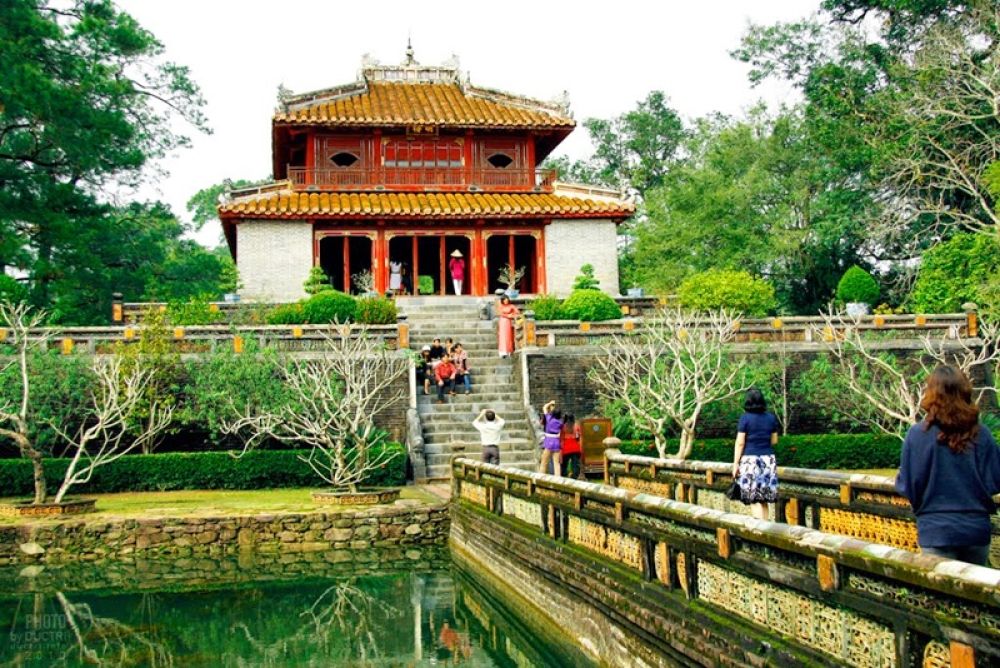

The Tomb of Emperor Minh Mang, located in Hue, Vietnam, is not only a significant historical and cultural monument but also a major attraction for tourists interested in the country's regal past. Hue, once the capital of imperial Vietnam, houses several royal tomains, with the Tomb of Emperor Minh Mang being among the most magnificent.
Construction and Significance
The Tomb of Emperor Minh Mang, known locally as Lăng Minh Mạng, was constructed between 1840 and 1843, two years after the emperor's death. Minh Mang was the second ruler of the Nguyen Dynasty and is well-regarded for his Confucian governance and staunch resistance to foreign influences. The tomb's design reflects Minh Mang's conservative beliefs and affinity for the traditional Vietnamese geomancy (Feng Shui).
Early Tourism Developments
Initially, the site was an exclusive royal burial preserve, inaccessible to the common populace. During the French colonial period, interest in Vietnam's imperial history grew, and early tourists included French scholars, military personnel, and colonial administrators. The broader international awareness and interest emerged post the Vietnam War, and with Vietnam's opening up in the 1990s, the site became increasingly popular among tourists.
In 1993, Hue's historical monuments, including the Tomb of Emperor Minh Mang, were collectively designated as a UNESCO World Heritage Site, which marked a significant milestone and boosted the profile of Hue as a prime heritage tourism location.
Recent Tourism Trends
In recent years, tourism at the Tomb of Emperor Minh Mang and throughout Hue has evolved to include diverse experiences. While the authenticity and preservation of the monument remain paramount, there are efforts to enhance visitor engagement through:
Moreover, there has been a growth in community-based tourism, where visitors can stay in local accommodations and engage in cultural exchanges, thus providing a more immersive experience of Hue's heritage.
Visitor Information and Preservation Efforts
Today, visitors to the Tomb of Emperor Minh Mang can appreciate its serene beauty, reflected in the harmonious balance of architecture and nature. The site is meticulously maintained, with ongoing preservation efforts ensuring that the intricate carvings, imposing structures, and landscaped gardens endure for future generations to admire.
Recognizing the delicate balance between tourism and conservation, authorities and UNESCO continue to collaborate on safeguarding the site's integrity while promoting responsible and sustainable tourism practices.
Conclusion
The Tomb of Emperor Minh Mang stands as an exemplary testament to Vietnam's imperial history. Its evolution from a royal mausoleum to a World Heritage attraction encapsulates the growing appreciation for heritage preservation in tourism. As visitor trends shift towards more authentic and sustainable travel experiences, Hue's royal monuments, rich in history and cultural significance, continue to enchant and educate visitors from all corners of the globe.